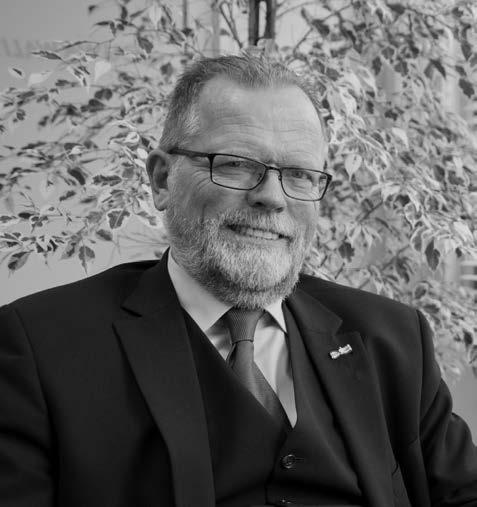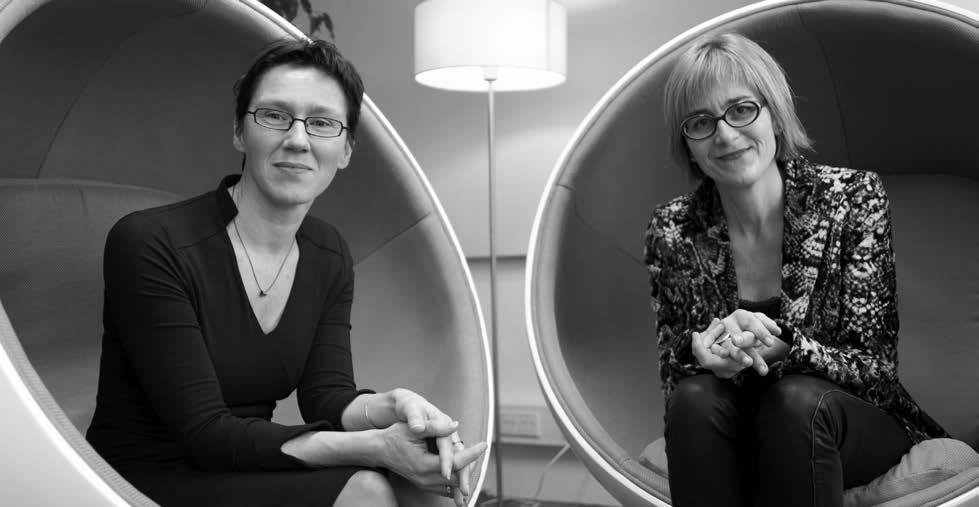
4 minute read
4 The internal organisation: operationalexcellence
Justified confidence in all the certificates of conformity issued under the supervision of the RvA means also being able to trust the internal processes of our organisation. The changing market and the development of requirements imposed on accreditation bodies demand continuous attention to improvement of the internal organisation.
That is why we chose operational excellence as one of the strategic themes for the coming years. In 2014 too we have been working hard on excellent operations. Please find below several statements in this respect.
Annual Plan according to the A3 method
The annual plan according to the A3 method which we started in 2012 was also continued and refined in 2014. In this digital annual plan our objectives and points for action are directly related to our mission, vision and success factors. In 2014 department and unit plans were derived from this annual plan, which were consistently placed on the agenda of the various department and unit consultations. The annual plan was often discussed in the management consultations and served as a guideline for the various work meetings with the operational management team.
Quality project
By forming the Quality & Process Management department we continued our Q Project in 2014. This is a substantial quality project that we started in 2013. All primary business processes were mapped and defined via RvA-wide workshops. We also appointed process owners who are responsible for the quality of a process. We laid this down in so-called function flow diagrams (FSDs). These FSDs form the basis of an even better assurance of our PDCA cycle (plan, do, check, act) for continuous improvement. Since all primary processes are laid down in our document management system, it is important to follow and audit them as well. It is a good compass for our daily work. In 2015 we will complete the Q Project by recording important supporting processes. In addition, we will begin audits to assess whether we are actually adhering to the arrangements we ourselves made.
RvA employees
On 31 December 2014, 94 employees were in permanent employment with an average age of 48.3 years and an average of 8.4 service years. Seven employees entered employment and eight employees left employment. We welcomed three new lead assessors, one project manager, one account manager, one Quality & Process Management manager and one head of Controlling & ICT. We also celebrated a 12.5 year and a 25 year service anniversary this year.
Training, education and HR
At the RvA employees form the most important success factor and a lot of attention is paid to targeted courses, development and training; 2014 is no exception. Because the accreditation community and the associated standards continue to develop, training in these standards and their application has again been high on the agenda. In addition, various RvA employees improved their knowledge of the English language at Language Institute Regina Coeli and various intervision and coaching sessions took place. In 2014 a business-wide course on giving and receiving feedback has also been developed in cooperation with an external party. All employees are going to take this course in the first half of 2015. Apart from the coordination of training and education, the HRM department spent a lot of time on recruitment and selection, keeping the pension scheme up to date, the consequences of the work-related expense allowance scheme introduced in 2014 and managing absenteeism due to illness (that amounted to approx. 4% in 2014, a decrease of almost 1% compared with 2013).
New accommodation
A solid organisation also requires adequate accommodation. In connection with the approaching expiry of the lease of our office premises at Mariaplaats, in
2014 we worked on the recalibration of the accommodation requirements appropriate to knowledge organisations such as the RvA. This led to a longlist and subsequently to a shortlist with possible locations close to the central train station in Utrecht, because this was one of the requirements. Finally in 2014 we decided to move in 2015 to De Daalse Kwint, an office building at Daalse Plein in Utrecht. We are currently working hard on fitting these premises out, whereby the possibilities of knowledge and workplace sharing are major aspects.
Transition from CCKL Code of Practice to ISO 15189
In 2014 too we spent a lot of time and energy on the large-scale transition project whereby over 250 medical laboratories will make the transition in a time frame of four years from a nationally recognised accreditation standard (CCKL Code of Practice) to an internationally recognised accreditation standard (ISO 15189). This transition requires continuous effort: the training of specialists and lead assessors, writing explanatory documents and accreditation protocols and the harmonisation at (European) EA level. In 2014 a so-called source scope has been determined for each medical laboratory discipline, from which the individually tailored scope is determined for each laboratory. The pilot assessments carried out at the end of 2013 resulted in accreditation in mid 2014. The celebratory ceremony of the first accreditation declarations took place in November.
Deployment of expertise groups
The RvA has four operational units. In 2014 the socalled expertise groups are firmly anchored in the Unit Lead Assessors. Developments in the various professional areas are meticulously kept up to date and discussed in these expertise groups, which consist of RvA lead assessors and which are divided according to the various ISO standards for (medical) laboratories, inspection and certification. The expertise groups form a source of information for the RvA organisation in connection with assessments in practice. In the event of any disputes they also give verdicts on the correct interpretation of standards. In 2014 the expertise groups met with some regularity and they contributed substantially to the distribution of knowledge and experience in our organisation.
Further digitisation
In order to support our processes properly, we are continuously improving our digital means. For instance in 2014 there was a successful update of our ERP system and our document management system was further streamlined. In addition, we developed a new website that went live on 5 March 2015 after many months of intensive development.
Lead assessors capacity
The capacity of lead assessors was a major point of attention in 2014. The requirements imposed on qualified lead assessors are increasing, for instance in the area of specialisation and knowledge of the law. Moreover, soon we must say farewell to several of our most experienced lead assessors because they are retiring. That is why in 2014 we started a focussed search for professional lead assessors. One result of this was that the RvA was able to engage three new lead assessors in 2014. We also recruited a new lead assessor for the medical laboratories who is coming to strengthen the RvA team in the beginning of 2015.
With a view to the long term, the ‘The assessment team for the future’ project was started in 2014. Under the leadership of the Strategy & Development department we are investigating what the future assessment team for all accreditation areas should look like, with regard to quality as well as quantity. In answering this question, apart from our own employees, we are also involving our clients and other stakeholders.





